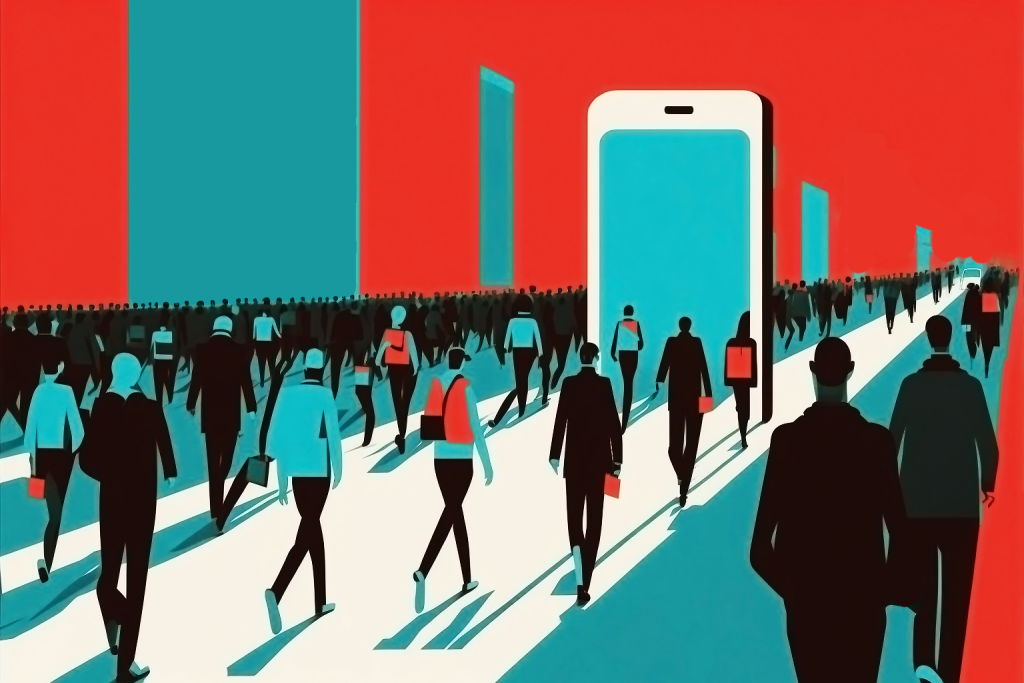Myth 1: We can and should develop our own tech solution for digital participation
A lot of communities with little or no experience with civic tech may be unaware of the solutions the market already has to offer. Their gut reaction may be to build their own solution but many do not realise just how ambitious this really is. Developing your own civic tech tools from scratch is a big undertaking and is typically costly to develop and maintain.
In order to avoid reinventing the wheel, we looked at what kind of participation activities and expertise the Shama District already had, including what kind of technology they already used. Official representatives of the Shama district, similarly to other actors in Sub-Saharan Africa, claimed that they already use civic tech. Yet the tool most widely used is WhatsApp which serves communication and information-sharing purposes. So, we also needed to help them understand that they should see civic tech, too, not as a goal in itself or as a solution to all of their problems.
Only after that, we moved to a discussion of why and how they wanted to be doing digital participation. The most important questions in this context are: what do you need it for? In this case, they wanted people to give them feedback on what the district was doing and make the district aware of local problems.
Myth 2: An online platform is a substitute for in-person activities
The Shama District hoped that a digital approach would allow them to reach more people at a lower cost. They thought that this would save the costs of hiring facilitators, renting a space, and providing food and drinks. This is not entirely wrong but it comes at the cost of inclusion, especially when access and familiarity with digital tools are unequally distributed among different groups within one community.
In the Shama District technology proliferation and internet access are fairly low. So we advised them to create a parallel process that would allow those who do not have the hardware, internet access, or necessary digital literacy skills to participate too. This doesn’t have to be anything complicated. It can be a series of workshops where they map the issues, challenges and opportunities of their district. Or it can be as easy as a shoe box placed somewhere where people can come and write what’s working, and what’s not on a piece of paper which they drop into the box. The alternative to online space doesn’t have to be anything sophisticated.
Myth 3: Digital participation guarantees high levels of citizen engagement
Perhaps the most common myth of all is that online participation automatically leads to high levels of engagement and generates lots of data from citizens. The underlying assumption is that people are going to engage automatically, simply because the tool is there. This is not the case. Online participation needs a clear communication plan, in order to activate the citizens and convince them to use the tool. It is also often assumed that digital tools are intuitive and easy for everyone to use. But even if you’re a digital native, it takes a bit of time to get used to new tools and trust them. For those with lower digital levels of literacy, it requires additional support or training.
In the case of the Shama District, we had to think much more carefully about who exactly was going to use these digital participation tools. It is then much easier to ensure that the tools used will be accessible and understandable for those particular users.
Myth 4: Open-source tools are completely free
Once the Shamma District realised the cost involved in developing their own participation tool, they were eager to try an open-source option. Primarily because it is free. What many do not realise, is that even though open-source is technically free the process of setting it up is often not. Set-up and maintenance require the help of one of the service providers or having technical expertise in-house. Unfortunately, open-source technology doesn’t magically work by itself and generate data.
In the case of Shama District after extensive consultation we advised them on one particular option, a map-based tool called fixmystreet. It is a visual and hence more intuitive tool that allows users to report issues in a specific location. This was in line with their main goal: to create a complaint mechanism where people can report problems or issues and give feedback, and then see how it’s been resolved.
